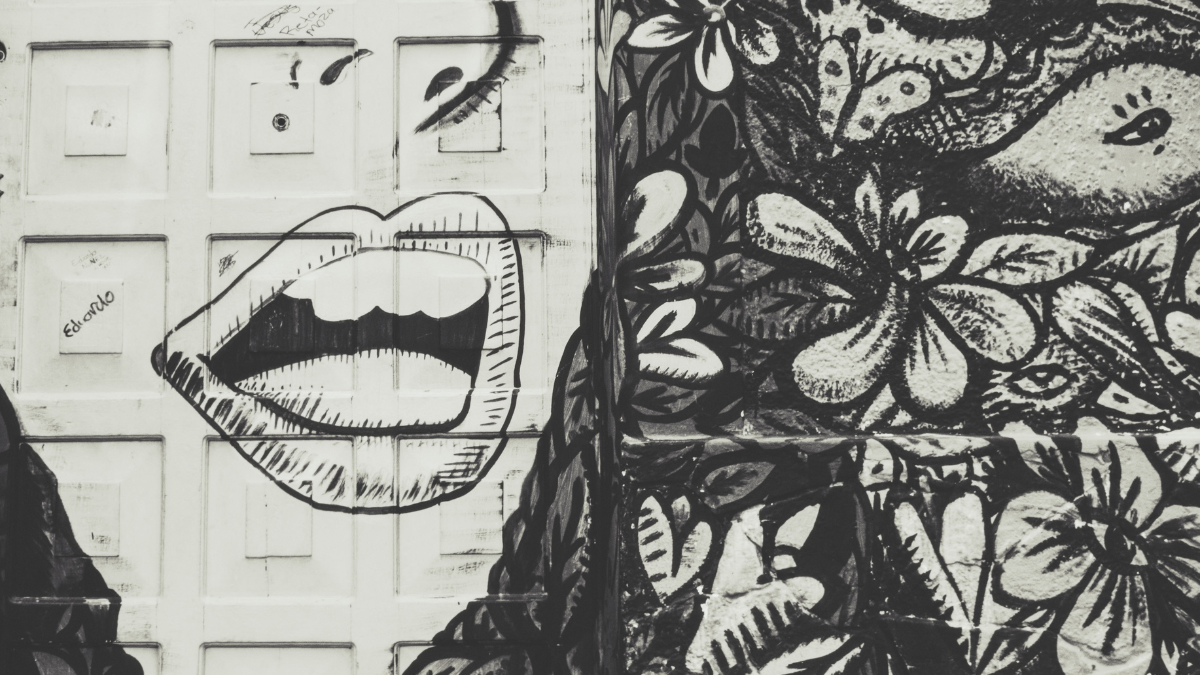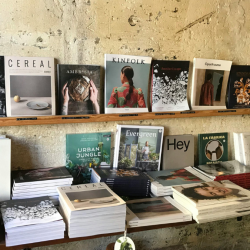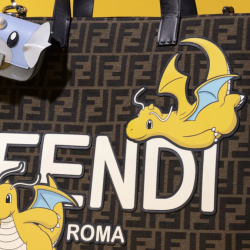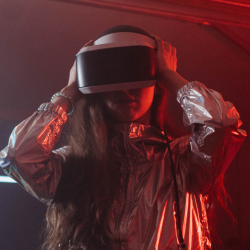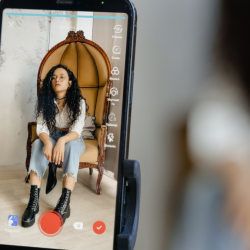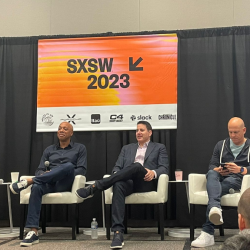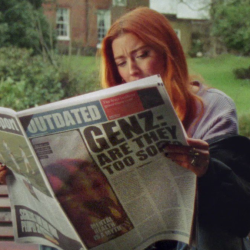Abstract art exists to help us express the emotions and feelings that we can’t put into words. From impressionism, to cubism, to untidy rooms in white cube galleries, our inexplicable emotions are often best demonstrated to the world through non-representative forms. In this tradition, corecore and hopecore, two video editing-based artistic formats on social media, help people tap into a sense of personal or societal emotion — something we can all recognise and relate to, but cannot define.
You know that feeling when everything is wrong, empty, meaningless, but you can’t express it in words? That’s corecore
Search for ‘corecore’ on TikTok or Instagram, and you will find video after video of artfully made, collage image/video edits blending media from film, TV, podcasts, news outlets and social media accounts scored to sad, minor key music. These edits sometimes focus on generalised themes e.g. overwork, fear of death, hopelessness about the future, sexism, a sense of nothingness — or all of the above. The best videos flow in time to the music — young workers on zero-hour contracts flow to women talking about their fear of walking home alone at night to people realising they will never escape late-stage capitalism — connected by their inability to see a way out. It’s depressing, it’s sad, but it’s also a relief for many people in the comments, who feel that the generalised anxiety/apathy they’ve been feeling has finally been expressed.
The ‘core’ in corecore is taken from aspirational fashion and aesthetic movements that typically start on social media (goblincore, dadcore, gorpcore). Repeating the ‘core’ expresses the meaninglessness of these trends. We absorb all the bad, and follow trends that don’t mean anything — to what end?
Enter hopecore, the antithesis of its depressing sibling
With hopecore, the same collage format is used to express an inexplicable sense of joy, hope, relief — often scored to Frank Sinatra’s ‘My Way’, specifically at the line, ‘For what is a man, what has he got? If not himself, then he has naught.’ These edits typically use scenes of celebration — people scoring goals, actors winning awards, mixed with inspirational speeches from films and TV shows like Dr Who, Indiana Jones, and Fantastic Mr Fox.
The Oscars this year has been hailed as peak hopecore — with many edits using Ke Huy Quan’s emotional and excited ‘Mom.. I just won an Oscar!‘ moment. Brendan Fraser and Ke Huy Quan both won Oscars for their first major roles after returning to the industry after decades-long periods of minimal acting work. Their triumphal comebacks are a sign of possibility, a positive outcome at the end of a long period of hardship — a hardship that many deeply feel right now.
A niche art form for the age
Corecore and hopecore stand apart from other social media edit-based trends in that they require editing and artistic skill to effectively convey this indistinct feeling of apathy/hope. There is no CapCut template for either emotion, no one sound bite that people can easily use and lipsync to. The moment it becomes templated, the movement will probably die out.
Corecore and hopecore, although relatively niche (often paired with the hashtag #nichetok), can be a helpful way for us to gauge and understand the way many on social media are feeling. It’s an art form grown from an age defined by social media addiction, consistent crises and shared anxiety, that is nonetheless also peppered with moments of soaring joy and optimism — made all the sweeter when compared side by side. While there’s less hopecore than corecore online right now, hopecore is growing, and for some, slowly winning the battle.
Featured image: Arantxa Treva / Pexels

















